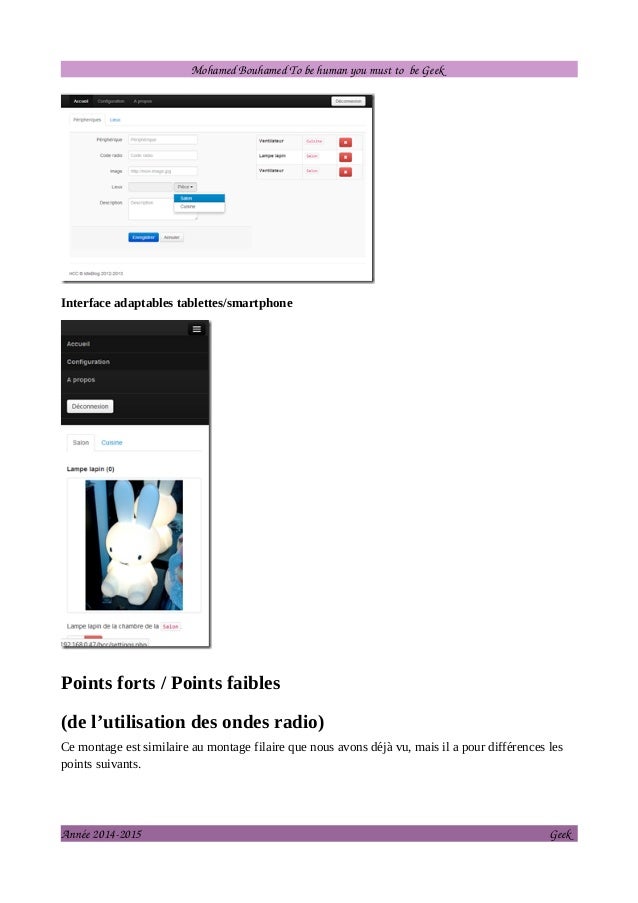

- SEAFILE ON RASPBERRY PI INSTALL
- SEAFILE ON RASPBERRY PI FOR ANDROID
- SEAFILE ON RASPBERRY PI SOFTWARE
- SEAFILE ON RASPBERRY PI FREE
Since NextCloud is open source, you can use the software completely free, as long as you host your own server. Mobile apps are also available on the App Store, Google Play store, and Windows Store.
SEAFILE ON RASPBERRY PI INSTALL
Like its source software, the server app can only be installed on Linux devices, while the client software is available to install on Windows, macOS, and Linux devices. They offer end-to-end encryption, two-factor authentication, antivirus, firewall, and even file integrity checking.

Security Featuresįortunately, the majority of security features that OwnCloud offers are included with the free, self-hosted option.
SEAFILE ON RASPBERRY PI FREE
With the free version, you can share and sync files between devices along with storage capacity that’s only limited to the size of your server. But you can use OwnCloud completely free of charge if you’re self-hosting your servers. OwnCloud offers paid services for working with more than one user and whether they provide the servers.
SEAFILE ON RASPBERRY PI FOR ANDROID
When it comes to the client software, you can install it directly on Windows, macOS, and Linux devices in addition to mobile apps for Android and iOS. You can install OwnCloud's server software for free, but only on Linux devices. It also works for enterprises and entrepreneurs aiming to launch a cloud service for widespread use as it doesn’t require a lot of technical knowledge. It works well for users looking to self-host their own cloud storage. OwnCloud is open-source software that simplifies the process of creating and using file hosting services and was released in 2010. However, there are countless companies and open-source projects offering solutions.īut when the question is OwnCloud vs. You need to figure out the software you’re going to use to run and self-manage your server with either option. Instead, your rent pays for the company to maintain it for you. Your other option is to rent a server-or a portion of a server-that you can then use for whatever you want without having to care for it digitally or physically. That would mean covering the initial investment alongside electricity and maintenance costs. For complete control, you can buy a server and manage it yourself. Self-hosting your cloud means owning the servers you use. The company providing the service has a bunch of servers that they maintain in-house and offer remote access to the servers for a recurring fee. Whether it’s a cloud computing service like SaaS or PaaS, or cloud storage, they work the same way. You can do a fresh install of OMV and install seafile, pihole & wireguard as Dockers, to avoid port collision you can install on a macvlan, please read my howto install pihole on a macvlan to see an example.What Does it Mean to Self-Host Cloud Storage?įirst, you need to understand how cloud services work. Once you did that, come back, so we can move everything (omv, seafile, pihole) behind a reverse proxy so that you do not need to remember ports. If the stuff is inside the docker, move the ports away from 80, 443 and install omv using the installscript. Jf you have a plain install, move seafile into a container (and the others too or be prepared to reinstall those inside a docker container).

How are you running seafile, wireguard and pihole? If you are running it inside docker (and do not have installed a desktop environment) this is fealable. How should I manage to get everything on one RPI (getting another dedicated RPi was my first choice, but it's impossible to get one for an acceptable price in Germany atm)? It's no problem to change the OMV Port, if necessary. Is there a way to install OMV without changing the existing configuration. Now I was thinking about installing OMV on the same machine but read several things about problems with ports and HTTP Server conflicts. Seafile's Website is listening on Port 80 +443 (http rewrite to https), Pihole's Site on another Port. After reading several tutorials, I am more confused then anything else.Īt the moment I have a RpI4 on Debian Buster with Seafile, Pihole and Wireguard.


 0 kommentar(er)
0 kommentar(er)
